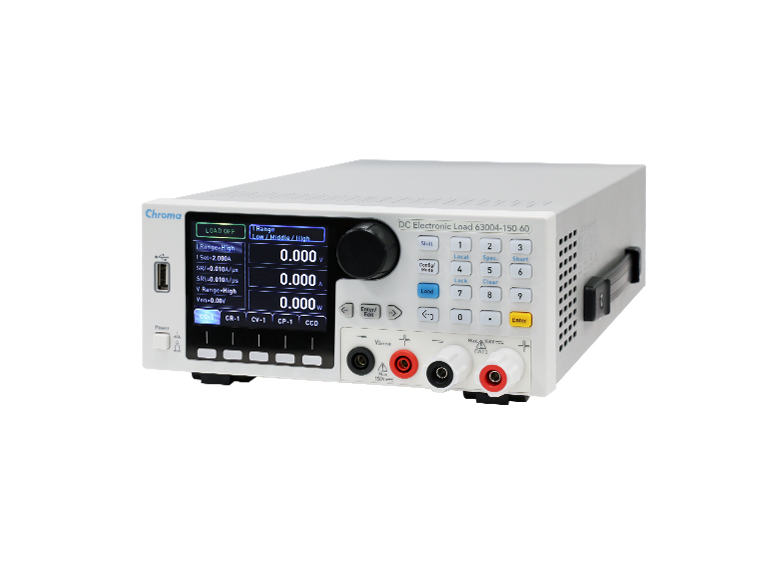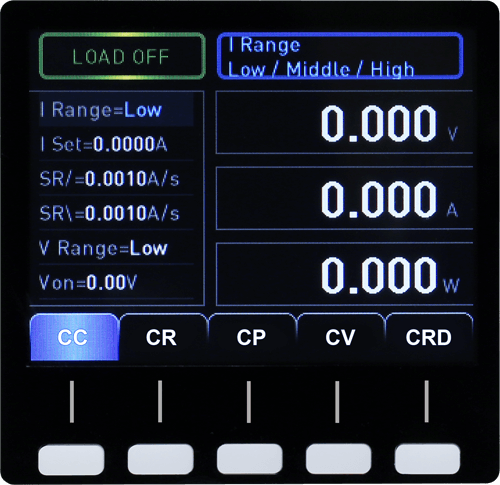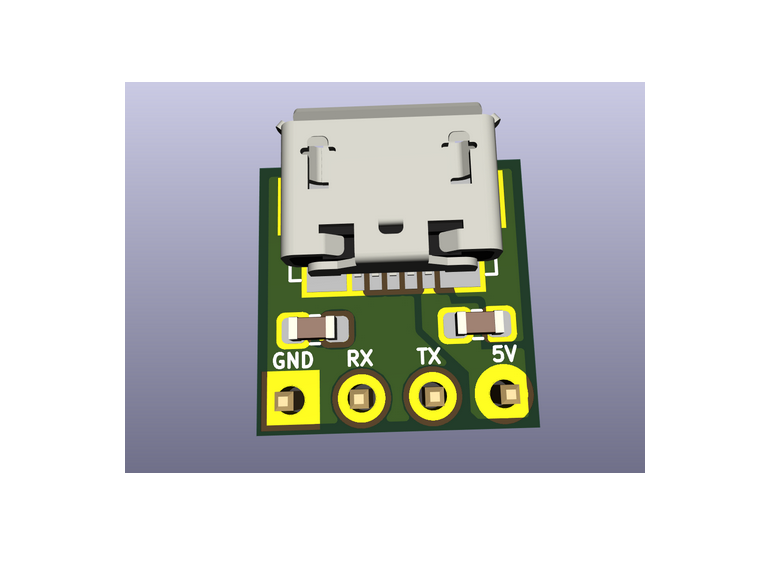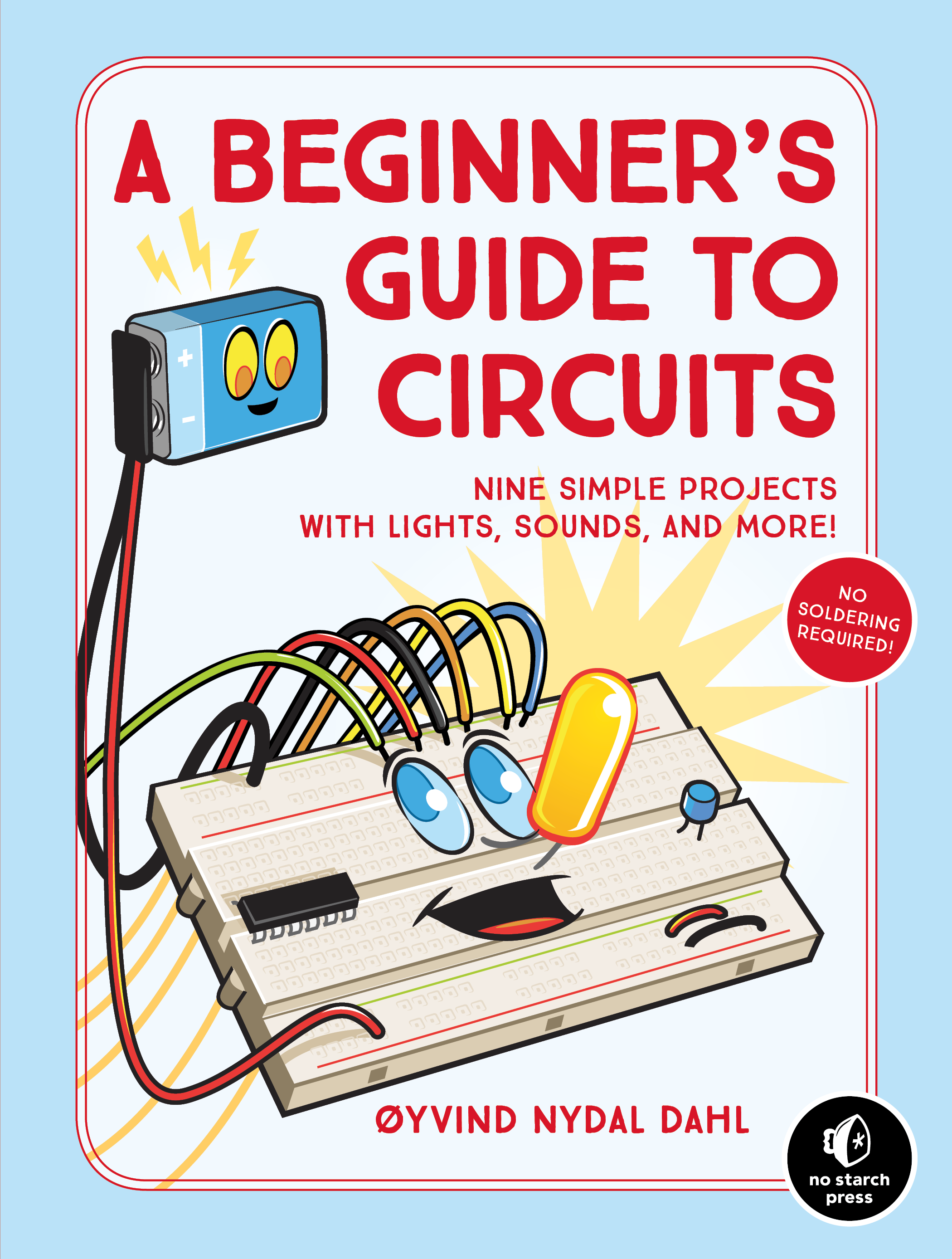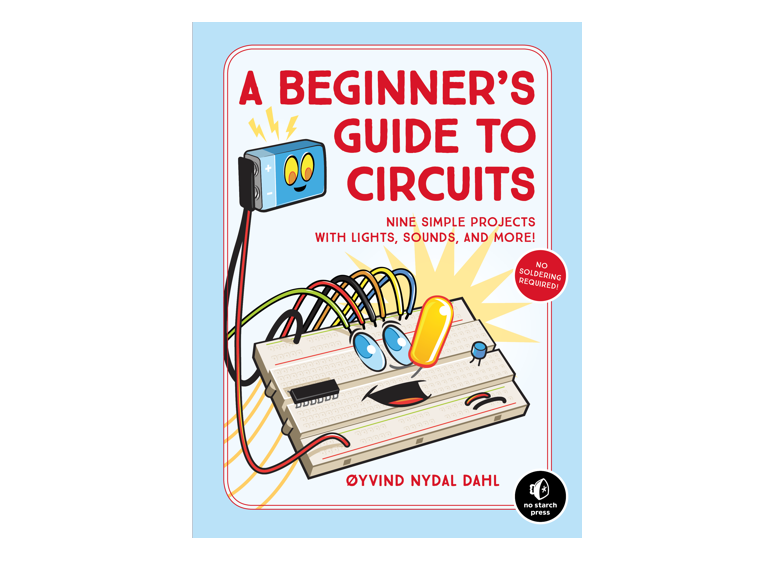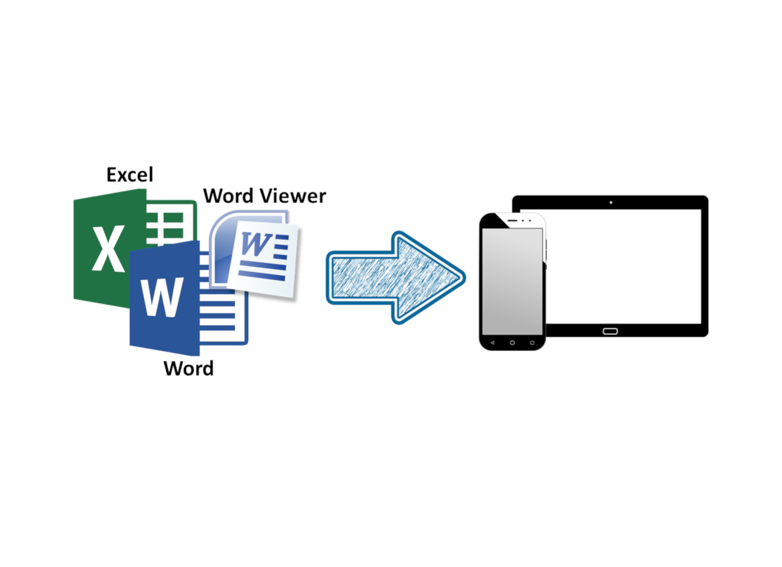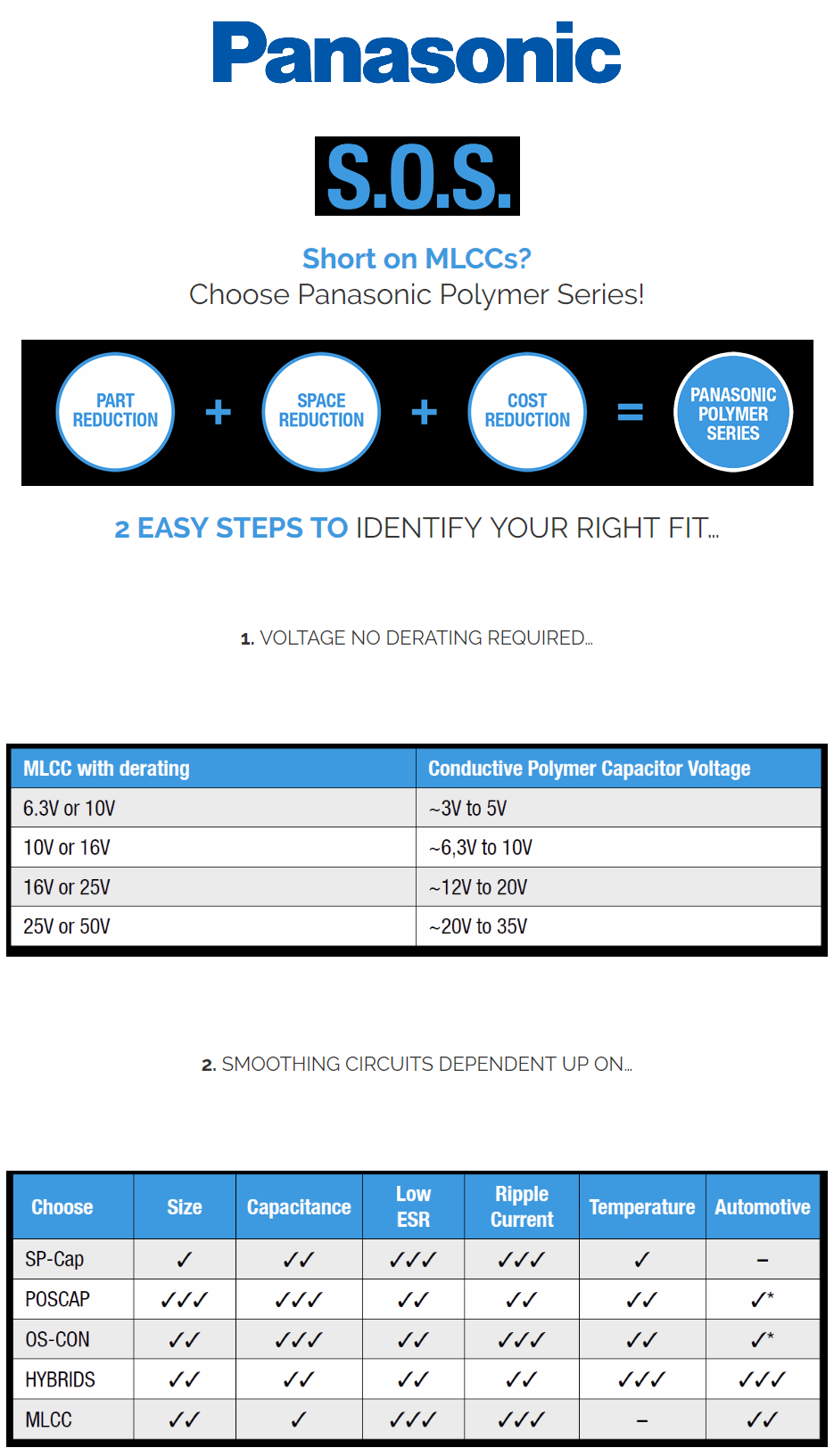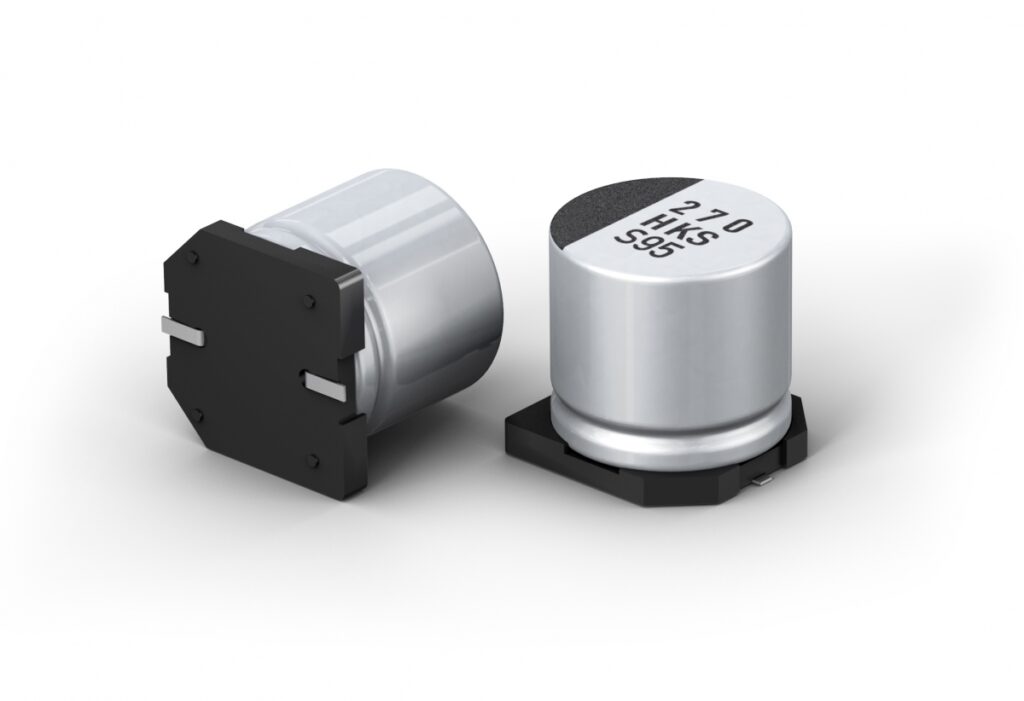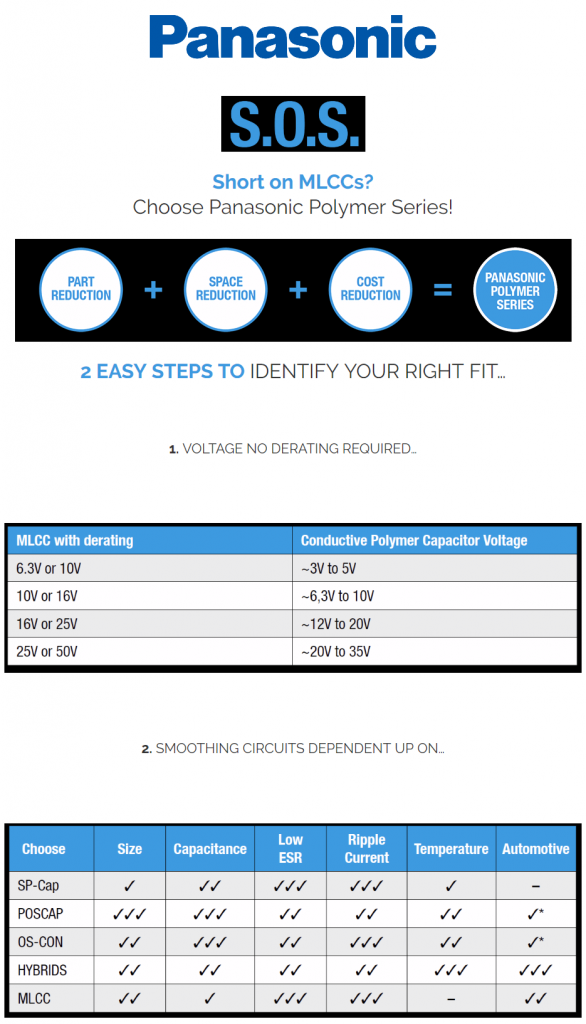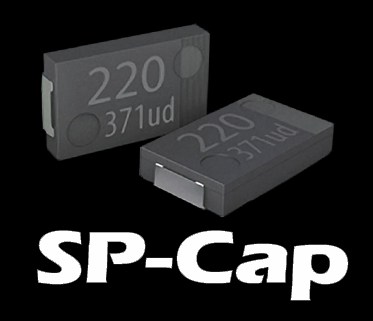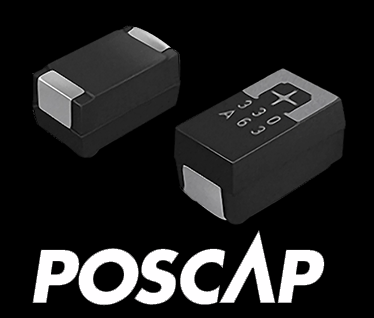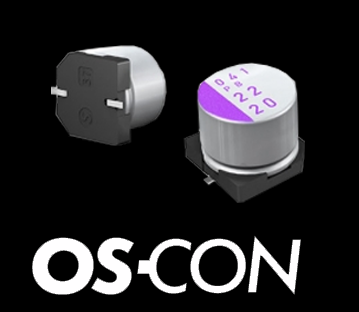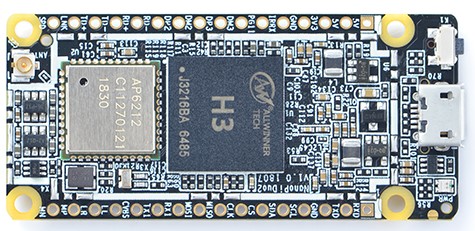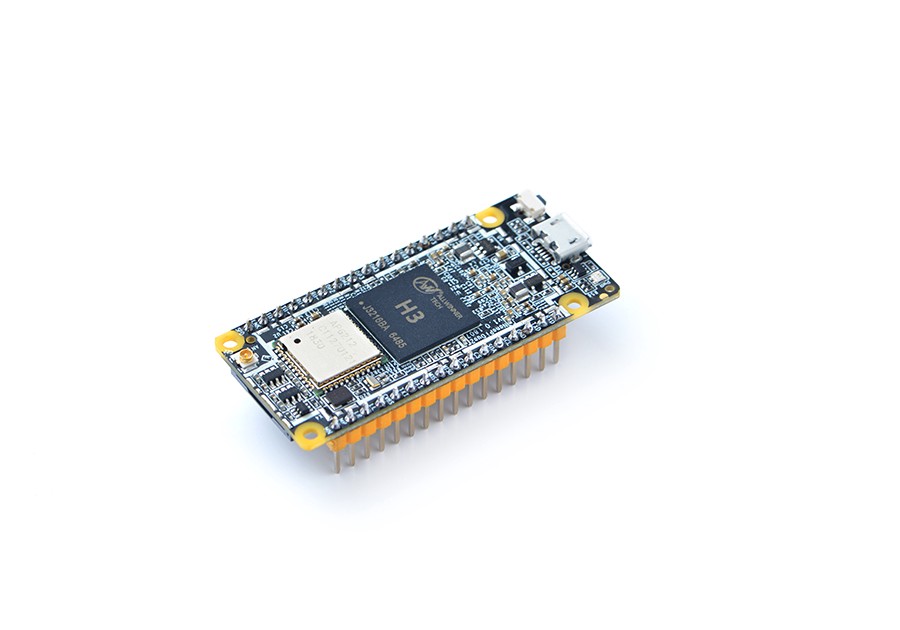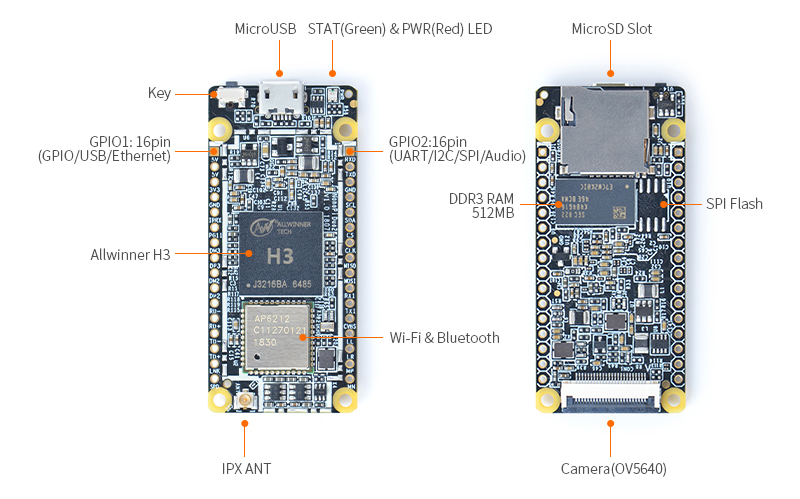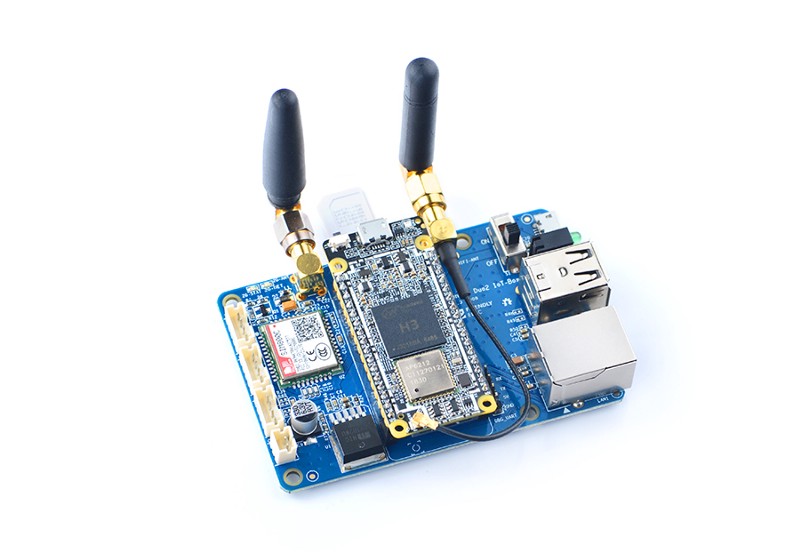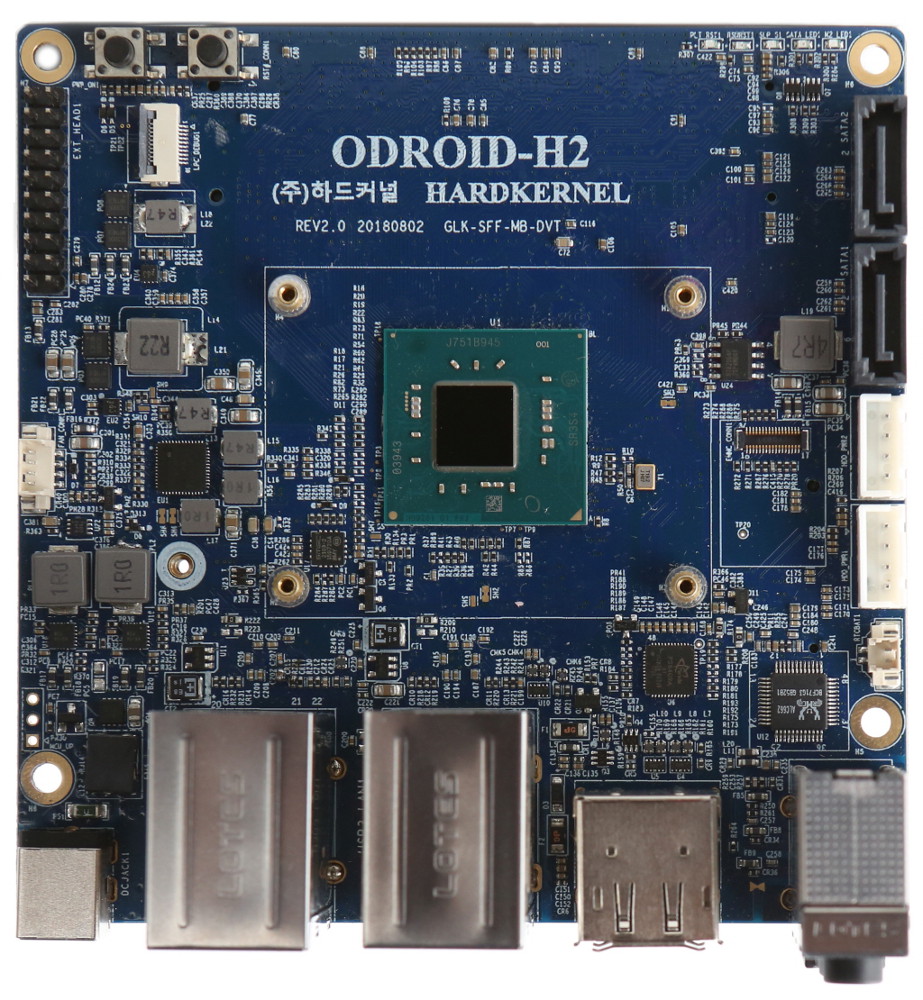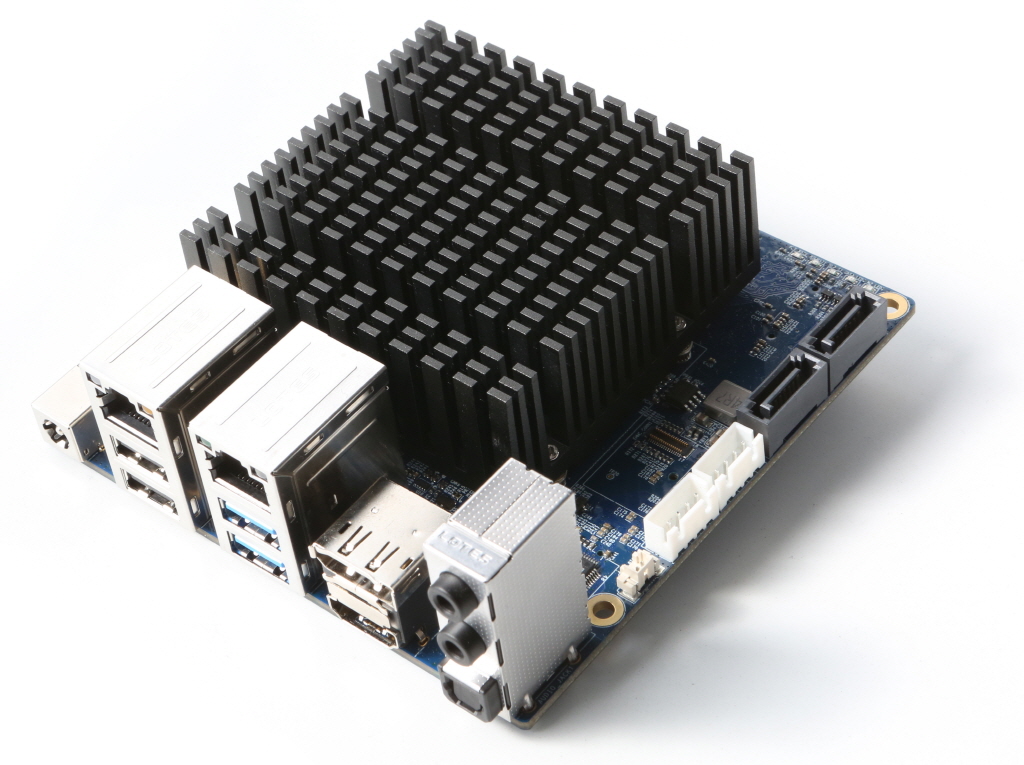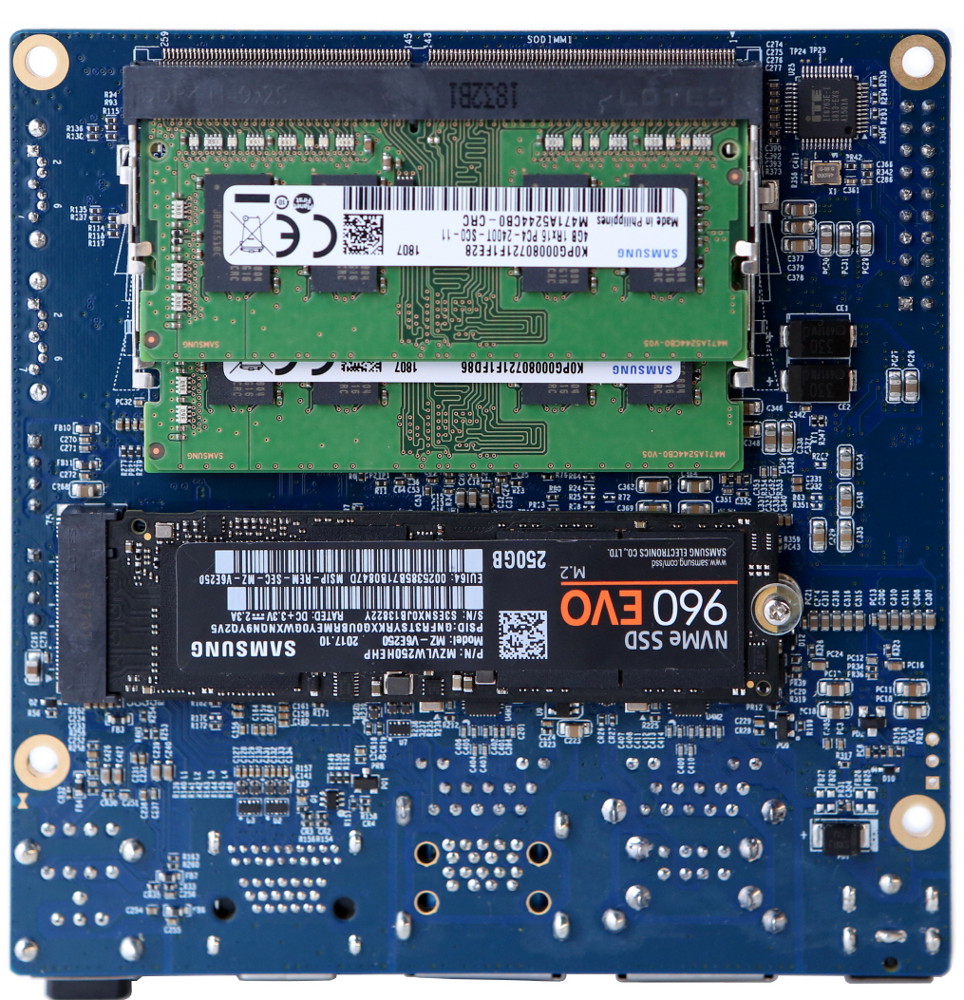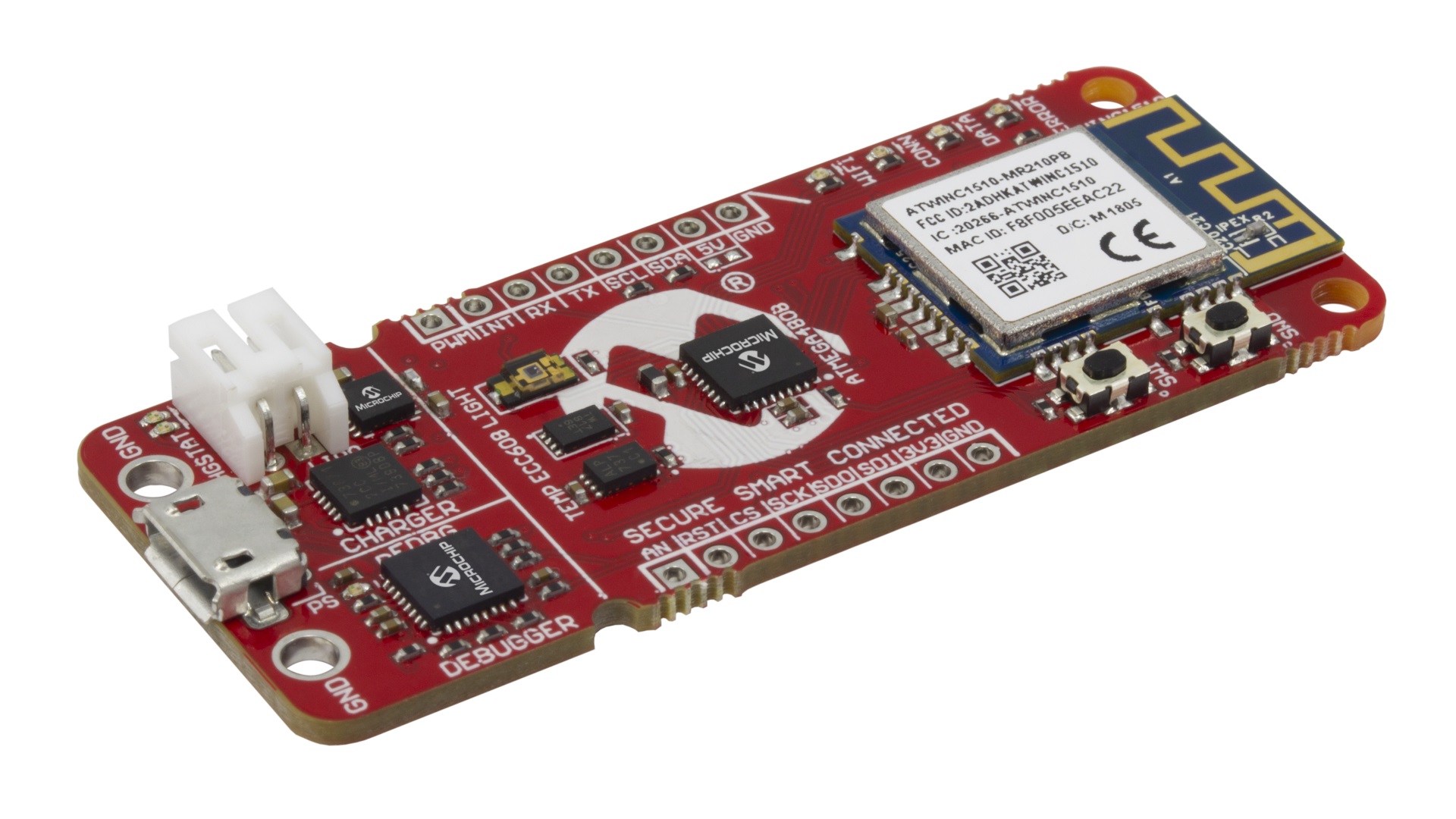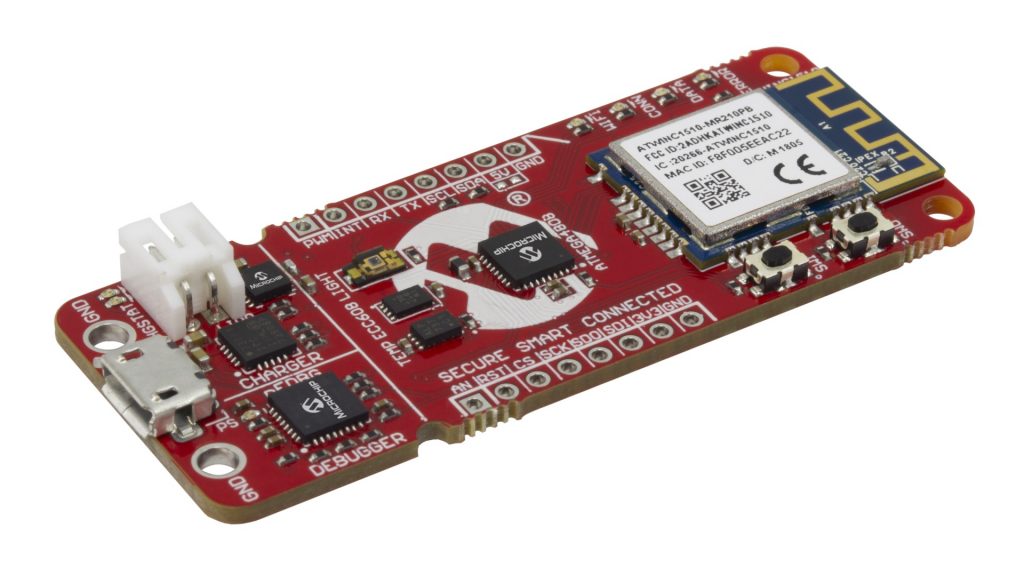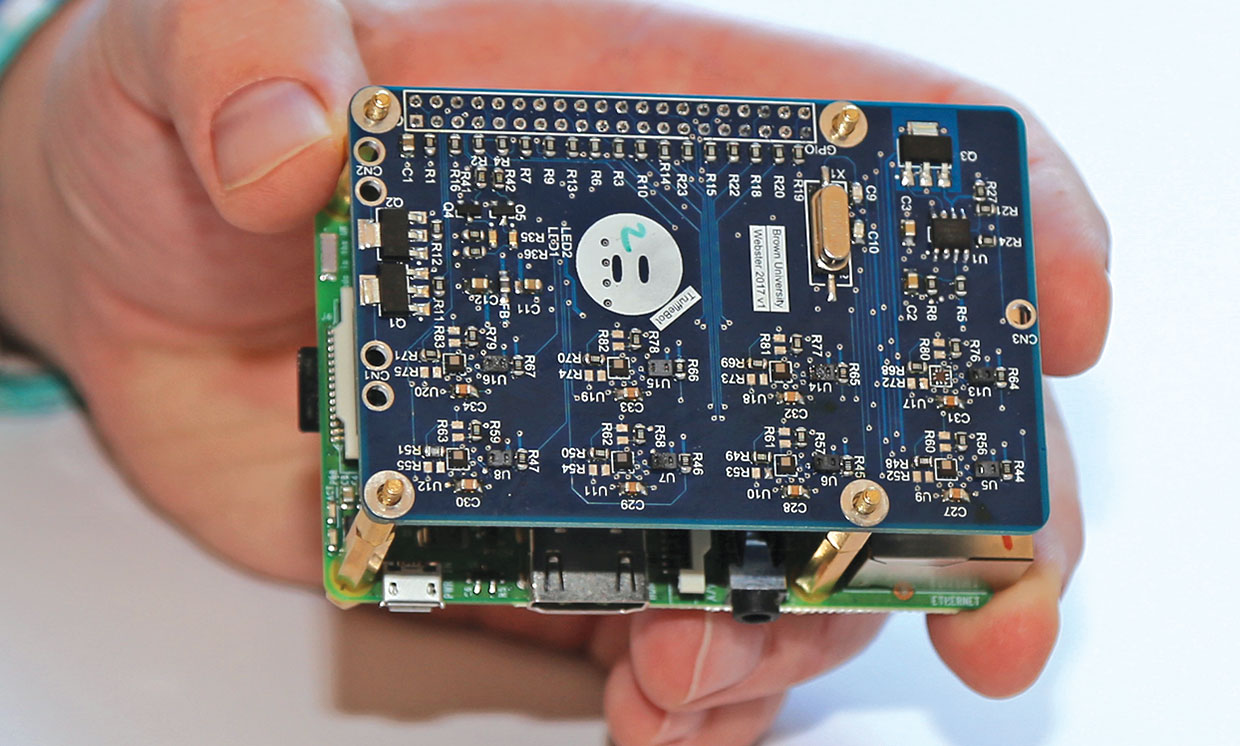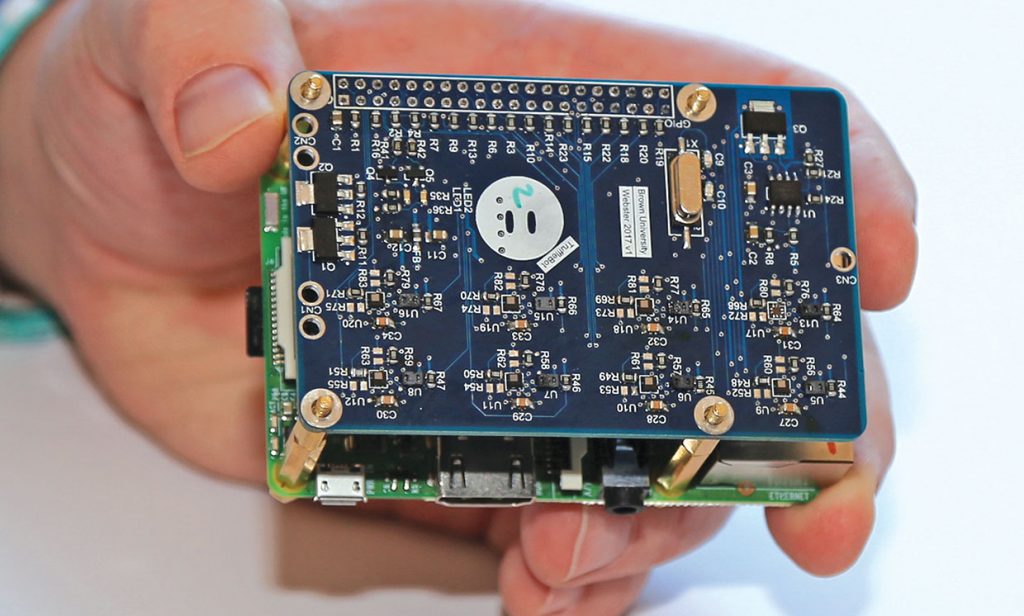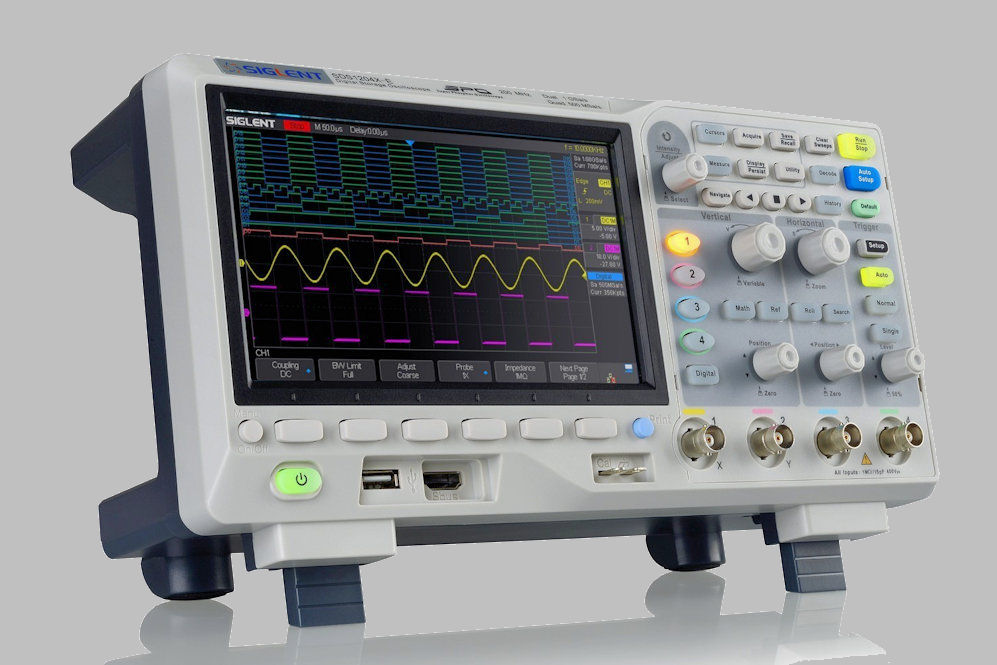To meet the testing requirements of small power supplies, Chroma has launched a brand new 63000 Series of benchtop DC electronic loads specifically designed for testing lower power adaptors, cell phone chargers, small batteries (such as cell phone batteries), D/D converters, USB PD, and so on. Different from the modular electronic load, they can be used without a mainframe. With the advantages of its compact size, lighter weight, low cost, and portability, the 63000 Series is the perfect electronic load for R&D labs and colleges.
The voltage and current specifications of each model in the 63000 Series are comprised of three settings and three measurement ranges. For adapters and USB PD’s that require higher testing accuracy, small current test like 0.1A is often performed during efficiency testing. However, misjudgment frequently occurs due to insufficient range or low accuracy. The minimum setting and measurement current range of the 63004-150-60 is 2A and the current error is less than 2mA which makes it suitable for these tests and validating the regulatory compliance of Energy Star. The maximum current output of a single load is up to 60A, with power up to 350W. Besides, the large scaled fonts and moderate shortcuts in its 3.5” LCD display bring great usability in the forms of sight and touch.
In addition to the basic CC, CR, CP, CV, and CRD modes, the 63000 Series also has battery discharge, User Defined Waveforms (UDW), and programming functions to satisfy the test requirements for D/D converters, 3C battery dischargers, and switching power supplies.

The battery discharge mode is applicable for 3C battery discharge test and can record the Wh (Watt) and Ah (Ah) during battery discharge. The User Defined Waveform (Figure 1) can simulate the real load current allowing the R&D test engineer to verify the power in the actual load current. The quality assurance department can reproduce the actual load current situation to reduce the development and validation time. For other DC power and component applications such as fuel cells, fuses, switches, and wiring tests, the pulse current (Figure 2) function is provided to test them by setting the repeat time to 1 in the existing dynamic loading mode.
- Rated power: 250W, 350W
- Voltage range: 150V
- Current range: 60A max.
- CC, CR, CV & CP operation modes
- User-defined waveforms (UDW)
- CZ mode for turn on capacitive loadsimulation
- Real time power supply load transient response simulation
- User programmable 100 sequences via front panel
- High precision voltage & current measurement
- Voltage, current & Pmax measurement for OCP/OLP test
- Timing & discharging measurement for batteries
- Short circuit simulation
- Smart fan control
- Full protection: OC (adjustable), OT, OP (adjustable) protection & OV warning, polarity reverse alarm
- Standard USB, optional Ethernet and GPIB interfaces
For more information about our DC Electronic Loads – 63000 Series, please visit company website: DC Electronic Load Model 63000 Series

